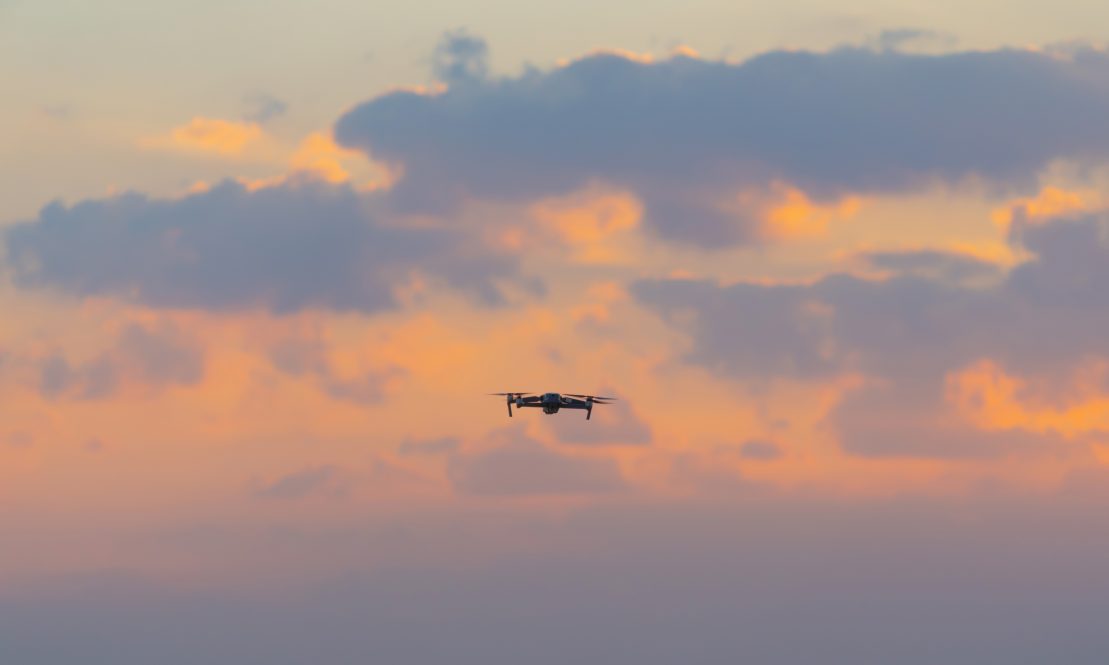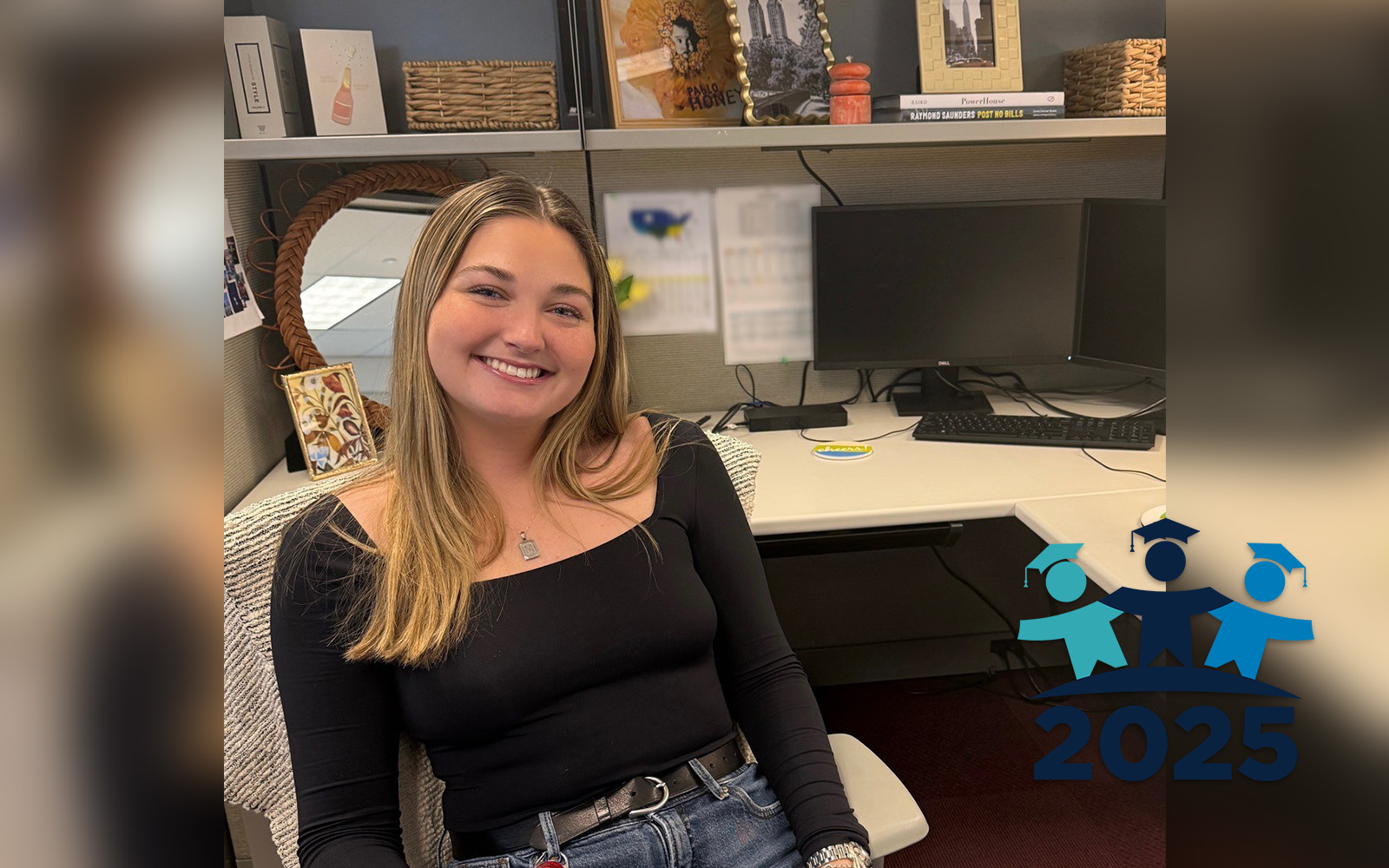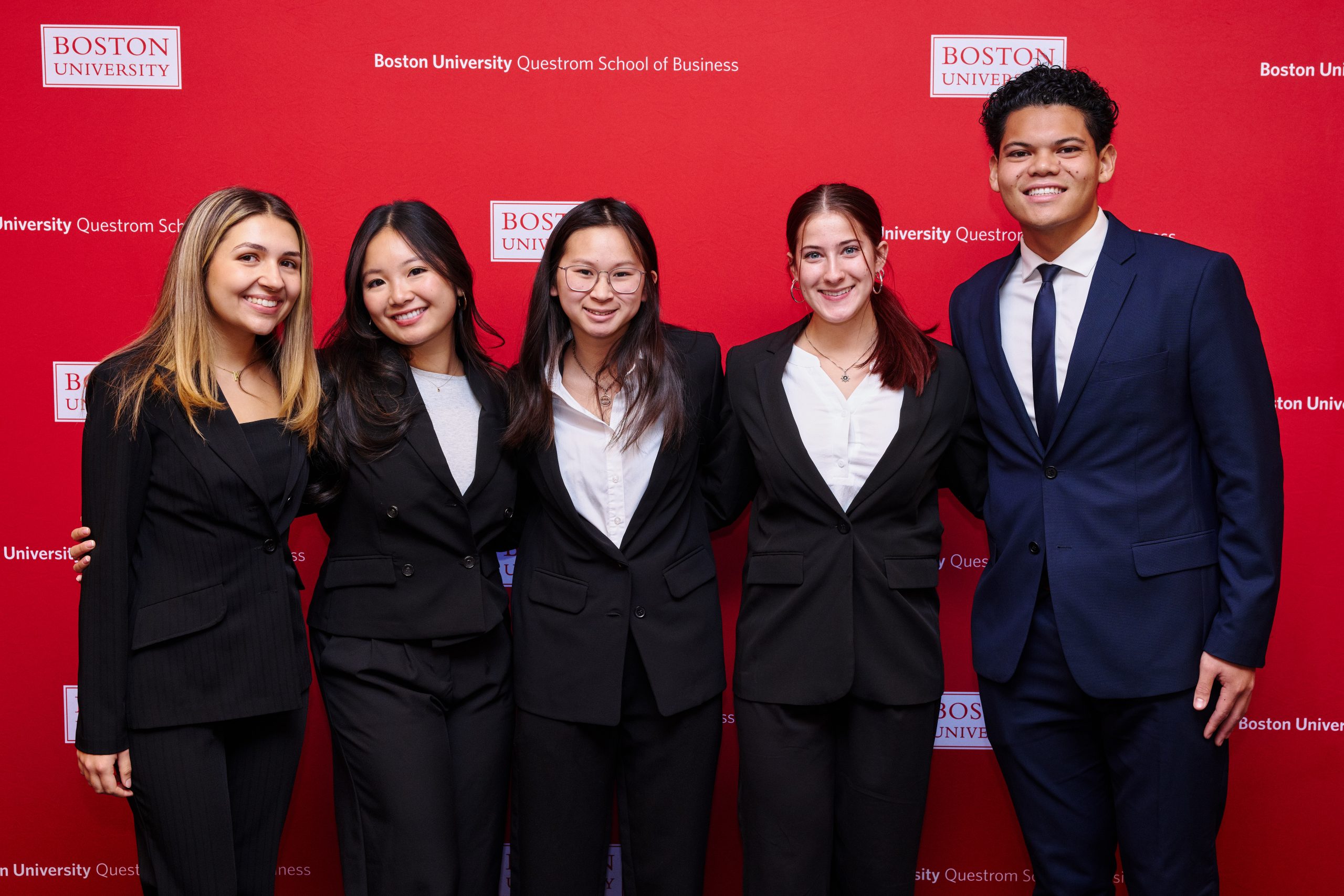Once the realm of science fiction, the prospect of utilizing electric vertical take-off and lift (eVTOL) aircraft has gained much popularity, especially due to their convenience and ability to reduce fuel consumption and carbon emissions. However, like electric vehicles, they use batteries to store and power the vehicle. The batteries needed to propel and sustain eVTOL vehicles in flight are bulky and heavy. As a result, these energy-density challenges limit the range of electrically powered aircraft and rotorcraft.
At UConn’s College of Engineering (CoE), groups of engineering students — working in conjunction with mentors from CoE and from Sikorsky Aircraft — are embracing these challenges and creating senior design projects that might, one day, appear in eVTOL control systems.
The capstone Senior Design Program features engineering seniors working with faculty and industry engineers to solve real-world engineering problems. Leading manufacturi ng companies, pharmaceutical and medical firms, consulting practices and utilities present the College with design challenges or problems they are encountering in their businesses. Working with CoE, they assign a technical representative from their company to help guide and mentor the senior engineering students as they work to properly frame the problem and develop meaningful solutions.
ng companies, pharmaceutical and medical firms, consulting practices and utilities present the College with design challenges or problems they are encountering in their businesses. Working with CoE, they assign a technical representative from their company to help guide and mentor the senior engineering students as they work to properly frame the problem and develop meaningful solutions.
According to Liang Zhang, professor in the Department of Electrical and Computer Engineering, the students have responded enthusiastically and creatively to a variety of difficult barriers and expectations.
“Students are required to utilize the open-source flight control software PX4, implemented from within Simulink, to add a pilot-assist mode to the flight-control software,” Zhang explains. “This flight mode, when engaged, will help the pilot maintain an optimal flight regime for energy efficiency. Students need to acquire their hardware, thoroughly test its energy usage with a payload, and analyze flight data to determine the optimal flight envelopes. Then they develop a user-enabled flight mode to assist the remote pilot in maintaining an energy-efficient flight. Finally, they need to test this flight mode and prove its effectiveness.”
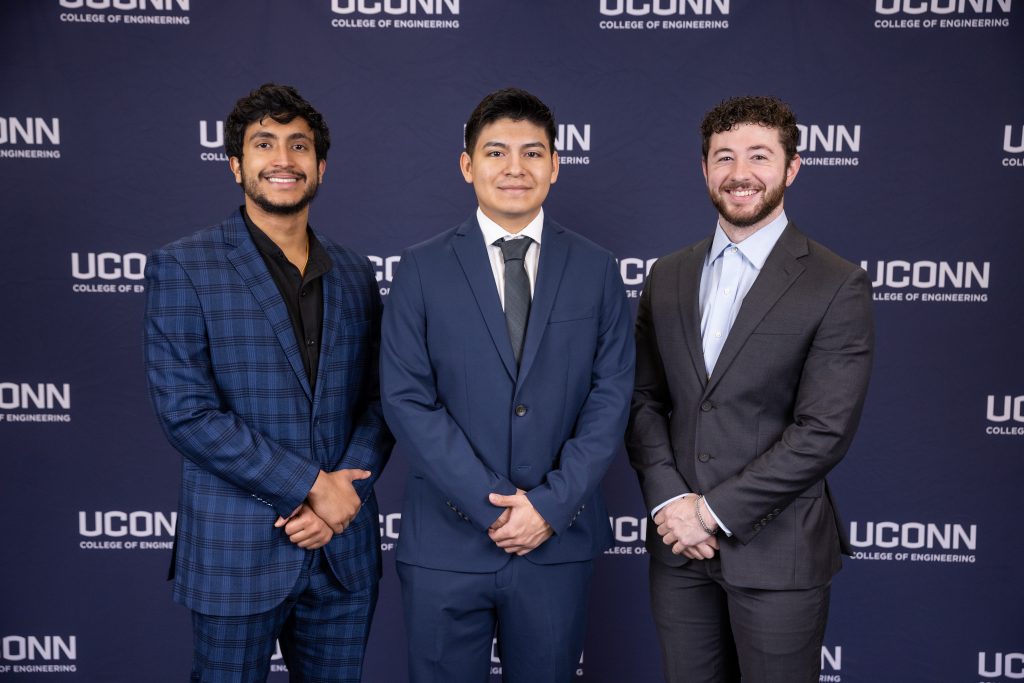
The project team uses a flight drone and runs various tests for each built-in flight mode, including different speeds and altitudes. For each variation, they record the time and the power consumption upon completion. Using these recorded values, they determine which of the built-in flight modes is most efficient. Once they assess what makes a flight mode efficient, they program and test a new flight mode that optimizes throttle, speed, and other settings to save power.
These challenges, says James Weber, a senior working on the eVTOL project, are as difficult as they sound. And even in the best of circumstances, he adds, there have been obstacles they didn’t anticipate, from purchasing tools and software, learning how to fly a drone, and being continually grounded by bad weather. But each setback, he admits, including breaking a drone propeller, has been a learning opportunity, and has forced their team to find creative solutions.
“The biggest challenges have been learning how to use and master the required software,” Weber says, “along with connecting various applications and getting virtual operating systems aligned and working properly. We’re almost done with running tests with our physical drone and will soon move to developing and simulating our new flight mode. I am enjoying the challenge, even with the stress of so much being out of our control.”
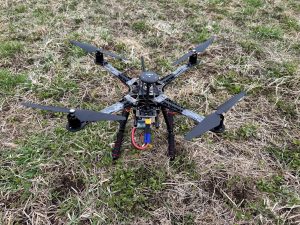
Senior Kevin Loja is the project manager for this senior design assignment. Overall, he says, it has been a valuable learning experience when it comes to control systems, helicopters, drones, and aviation.
“We learned a lot about helicopter and drone flight during the fall semester, especially since our sponsors were very insistent on establishing a good background on these subjects,” Loja says. “Currently, I would say our biggest challenge right now, as Jim points out, is the weather. Storrs is a very windy place, making it difficult to schedule days where we can safely fly our drone to gather the data we need to develop our flight mode. We’ve adjusted to each setback and keep moving forward.”
Weber, Loja and groupmate Neo Joseph work with their faculty advisor, Shalabh Gupta, associate professor in the Department of Electrical and Computer Engineering. “The students,” Gupta says, “have put great effort in overcoming various challenges associated with collecting flight data that will be used to optimize energy efficiency. This project, like many other senior design projects, has significant practical value in addition to providing valuable hands-on learning experiences for our students.”
Weber, Loja and Joseph earned second-place in the electrical and computer engineering departmental Senior Design awards on May 2.
The team also meets weekly with their advisors from Sikorsky to discuss progress and challenges. In addition to the testing, they are building a statistical data model. Their project, Gupta adds, is about 60 percent completed, and the final white paper will be presented in May.
